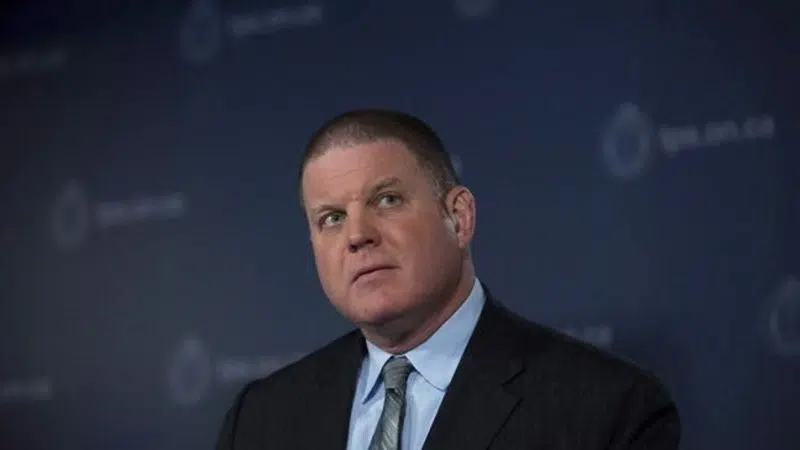
Toronto homicide squad being revamped under new leader after tough year
Toronto’s homicide squad has had a difficult year — the team has had to investigate a record-breaking number of killings in Canada’s most populous city, grapple with a rise in deadly gang violence, address criticism about a perceived lack of action in some cases and deal with several high-profile slayings that have strained resources.
Heading into 2019, however, the team’s new leader is revamping the unit by bringing in more members and launching a video analysis unit in an effort to solve more cases faster — changes that are needed if the city’s homicide figures stay around their current levels.
“I think 2019 will be a real decision-making year,” Insp. Hank Idsinga says in an interview at police headquarters. “If we’re going to keep a pace of 90-100 murders a year, we have to re-think how we’re staffing investigations.”


